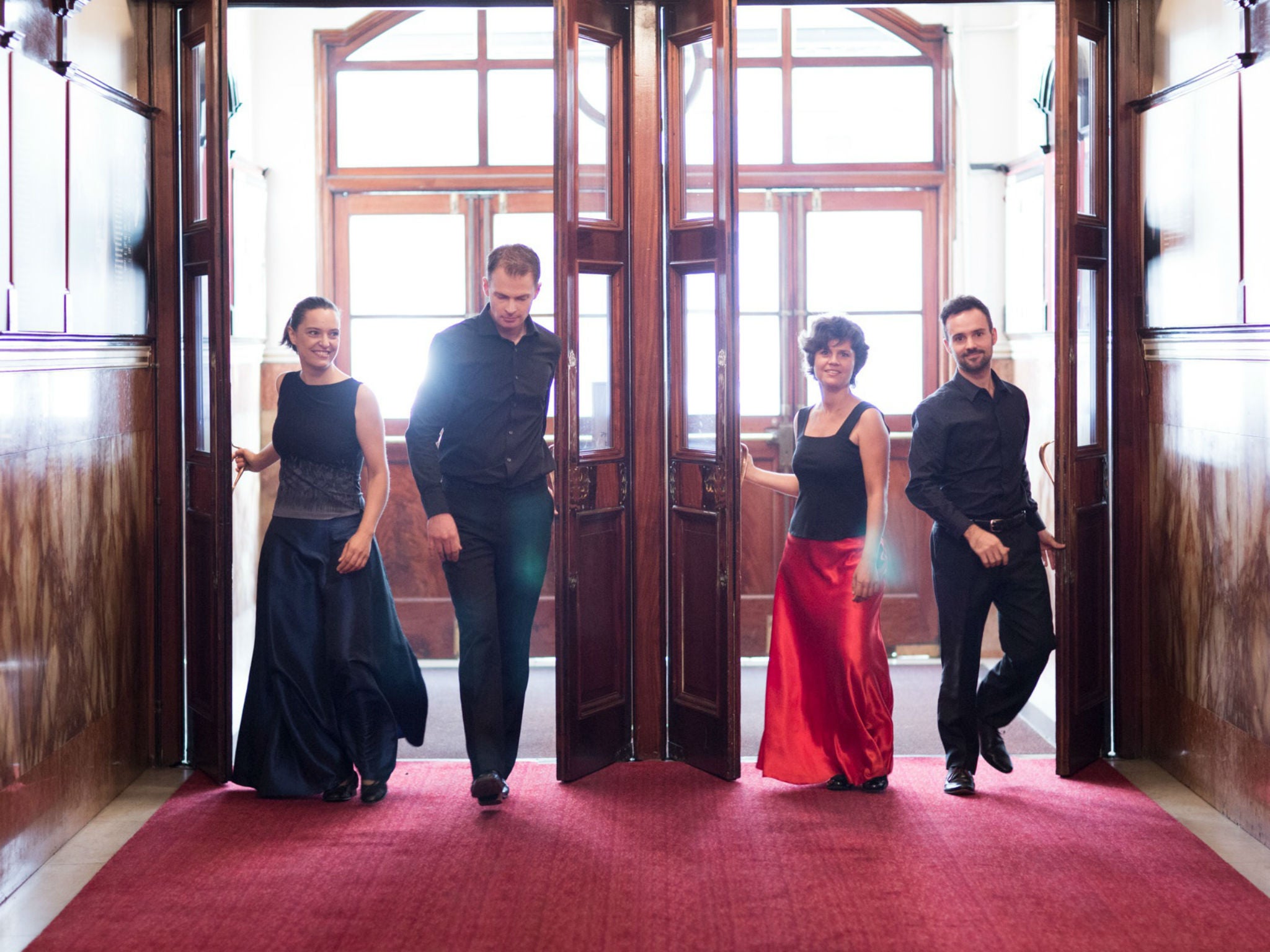Elias Quartet, classical review: 'Superb players given licence to dazzle'
The chemistry between Sara and Marie Bitlloch turned London's Wigmore Hall into a magnetic force-field

Your support helps us to tell the story
From reproductive rights to climate change to Big Tech, The Independent is on the ground when the story is developing. Whether it's investigating the financials of Elon Musk's pro-Trump PAC or producing our latest documentary, 'The A Word', which shines a light on the American women fighting for reproductive rights, we know how important it is to parse out the facts from the messaging.
At such a critical moment in US history, we need reporters on the ground. Your donation allows us to keep sending journalists to speak to both sides of the story.
The Independent is trusted by Americans across the entire political spectrum. And unlike many other quality news outlets, we choose not to lock Americans out of our reporting and analysis with paywalls. We believe quality journalism should be available to everyone, paid for by those who can afford it.
Your support makes all the difference.Watching the Elias Quartet in action, one is keenly aware of the chemistry, perhaps better described as a magnetic force-field, between the two sisters – Sara and Marie Bitlloch – who play lead violin and cello respectively. How do the men sandwiched between them feel about it? Violist Martin Saving has said that it’s musically very beneficial to have such a close relationship between melody and bass, and so it was in their latest Wigmore concert.
They opened with Haydn’s most inventively radical quartet, which broke with all the conventions of its day (1788) through the abrupt silences of the first movement, and through the fact that its second, third, and fourth movements form one continuous whole. In the "Adagio" – possibly the most sublimely beautiful piece Haydn ever wrote – Sara Bitlloch’s violin threaded exquisite variations through the heavens, while the other three players gave out the slow-motion unadorned melody like a drone, and the "Presto" went like the wind.
Britten’s "String Quartet No 1", with its high-low, pizzicato-legato timbral contrasts gave these superb players licence to dazzle, and dazzle they did. When pianist Simon Crawford-Philips joined them for Brahms’s "Piano Quintet in F minor", the hall itself became tinged with a dark magnificence.
Join our commenting forum
Join thought-provoking conversations, follow other Independent readers and see their replies
Comments